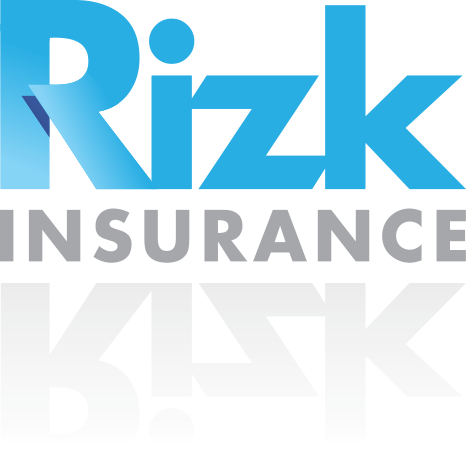[vc_row css_animation=”” row_type=”row” use_row_as_full_screen_section=”no” type=”grid” angled_section=”no” text_align=”left” background_image_as_pattern=”without_pattern” css=”.vc_custom_1520458071059{padding-right: 50px !important;padding-left: 50px !important;}” z_index=””][vc_column][vc_column_text]Self-driving or autonomous cars are no longer a thought for the future, they are coming. These driverless cars will take the wheel from humans and place it in the hands of computer automation. The potential for driverless cars that could reduce accidents and save lives may have large implications on the Canadian auto insurance industry. Changes to insurance premiums, liability concerns, the regulatory framework, and general insurance costs will all be shifting too.
There already are signs of the impact of the autonomous cars on insurance premiums. Semi-autonomous features such as lane-keep assistance, adaptive cruise control, blind-spot monitoring, forward collision warnings and lane-departure warnings have resulted in lower rates for drivers in BC says Mark Francis, manager of driver and vehicle licensing for the Insurance Corporation of B.C. Click here for more. As these semi-autonomous features become standard on all cars, insurance companies will develop better determinations of exactly how these advanced technologies will affect the frequency and costs of accidents.
However, as autonomous cars may ultimately be much safer than human-driven cars once they are fully implemented, what role will the “human element” play? Can autonomous cars actually be safer when humans are still behind the wheel driving on the road? Over the course of the next decade, we will see a mix of conventional cars (possessing no automated functions), semi-autonomous cars and ultimately fully autonomous cars. This mix of automation, liability, and safety will be something the Canadian auto insurance industry needs to reconcile.
Questions also remain around liability for fully autonomous vehicles. Should the auto manufacturers accept the cost of liability for any accidents caused by a fully autonomous vehicle or should there be a shared system of liability between the “human behind the wheel”, the auto manufacturer, the software developers and the maintenance professionals? Any sort of redistribution of liability could result in changes to the distribution of insurance costs.
In addition to the costs of liability issues, insurance companies will also need to face the new risks they will need to insure such as sensor damage, satellite failure, driverless-car hacks, cybersecurity and other new technologies. These new advanced technologies come with higher price tags, higher costs for vehicle maintenance and repairs and potentially higher costs to insure. Infrastructure will need to change prior to the complete roll-out of fully autonomous car. Calgary weather, snow in particular, will likely cause a challenge to any fully autonomous car.
So while the planners and engineers have some work to do, as does the insurance industry in determining the role and scope of autonomous cars in the Canadian insurance landscape. Strides continue to be made, but for today, we remain the drivers behind the wheel.
Do you have questions on this article or about auto insurance in general?
Contact Rizk Insurance today and we’ll help answer any inquiries you may have.[/vc_column_text][/vc_column][/vc_row]
